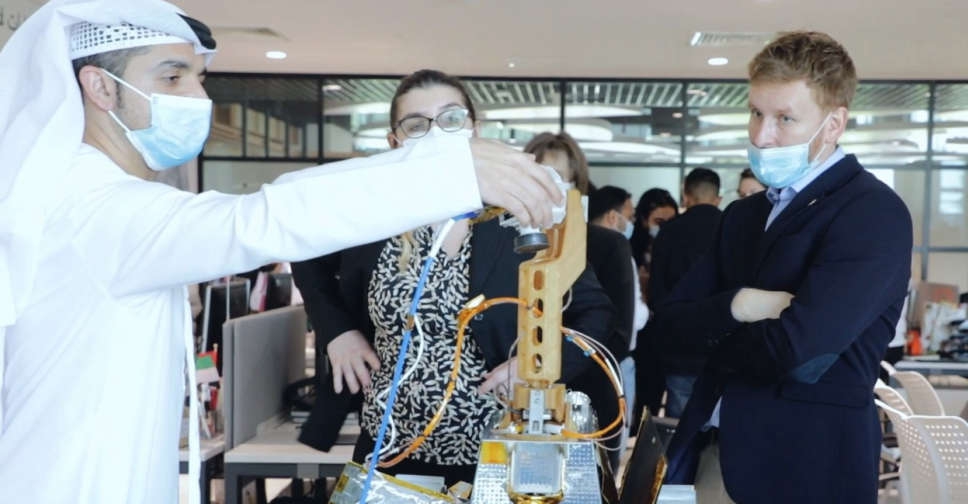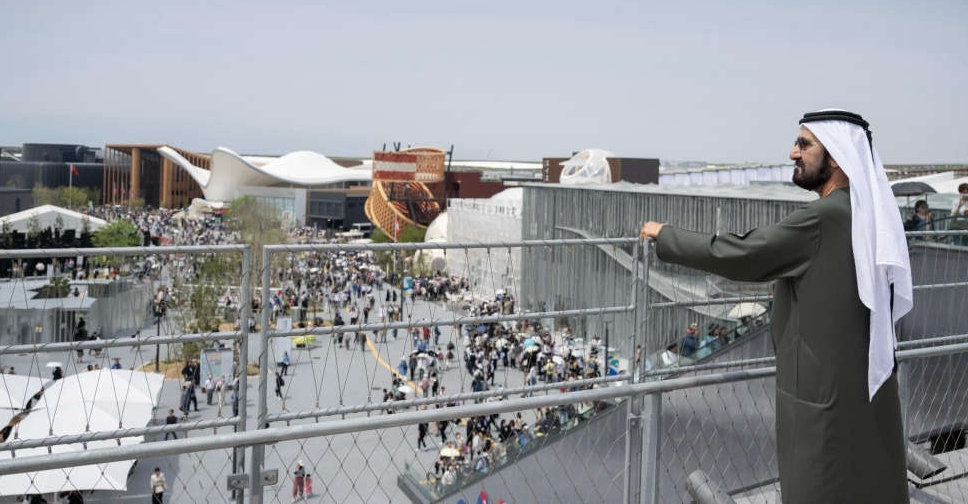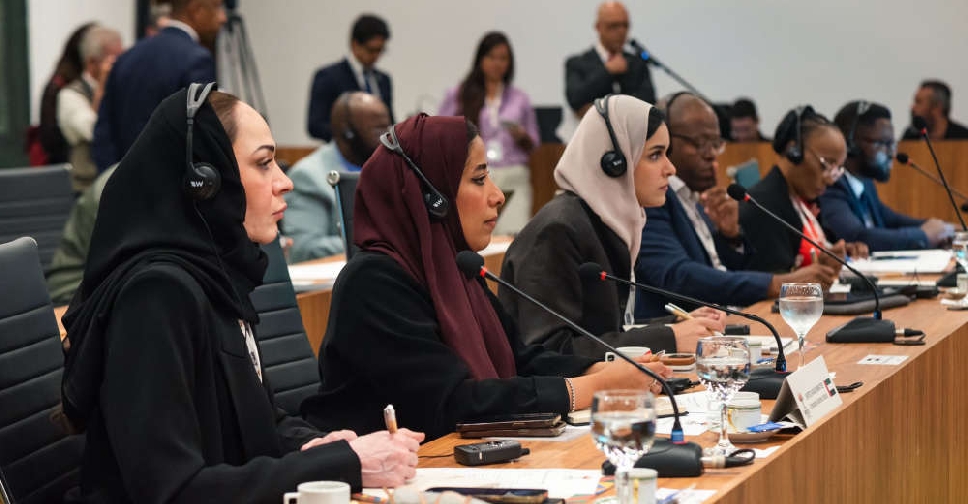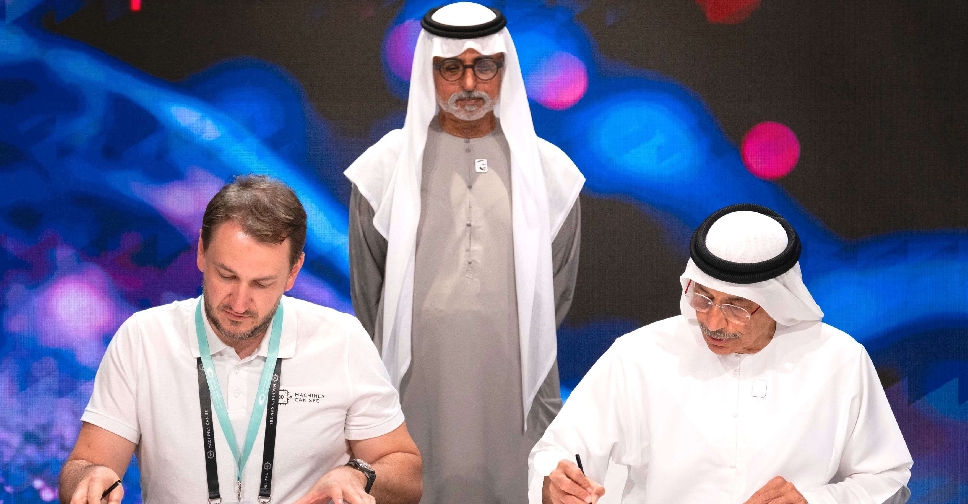
The partnerships facilitated by the Mohammed bin Rashid Space Center (MBRSC) aims to cooperate in the development of the main tools that will be carried by explorer Rashid on board.
This includes a micro-electric charge sensor, in addition to assisting in collecting data and conducting research to determine the ideal landing site.
The team at MBRSC has designed a set of scientific instruments designed to be light and highly efficient, which will be carried by Rashid.
These scientific tools will enable the explorer to measure a set of environmental conditions on the moon’s surface.
To determine the weather and spatial conditions at the potential landing sites, MBRSC is partnering with the University of Lorraine in France.
The team has narrowed down the landing site to a four-kilometre radius.
MBRSC intends to obtain images of the moon’s surface in the highest resolution available so far and provide an unprecedented view of the upper layer of lunar dust that would reveal how the moon’s surface formed and evolved through the ages.
In a statement, MBRSC explains that determining the landing site is “essential” for the team since it needs to avoid landing in areas with high slopes or hazards.
Through a collaboration with the University of Oslo in Norway, the team will develop a fine electric charge sensor to study the plasma layer around the moon. This data will help study the phenomenon of the photoelectron that envelope of the moon’s surface.
Parallelly, a team at New York University Abu Dhabi (NYUAD) will work to adjust and set up the microscopic camera.
It will also collect data on solar radiation, which is important in understanding the plasma environment and the interactions of the lunar soil.
The lunar project is part of the strategic initiatives of “Mars 2117”, which aims to build the first human settlement on Mars.




 Dubai sets stage for AI’s 70-year spotlight
Dubai sets stage for AI’s 70-year spotlight
 H.H. Sheikh Hamdan unveils Dubai AI Academy
H.H. Sheikh Hamdan unveils Dubai AI Academy
 Sheikh Mohammed thanks UAE team for 'sharing our story with the world'
Sheikh Mohammed thanks UAE team for 'sharing our story with the world'
 UAE champions women’s empowerment at BRICS ministerial meeting
UAE champions women’s empowerment at BRICS ministerial meeting
 UAE’s new AI Academy to shape tech leaders
UAE’s new AI Academy to shape tech leaders




